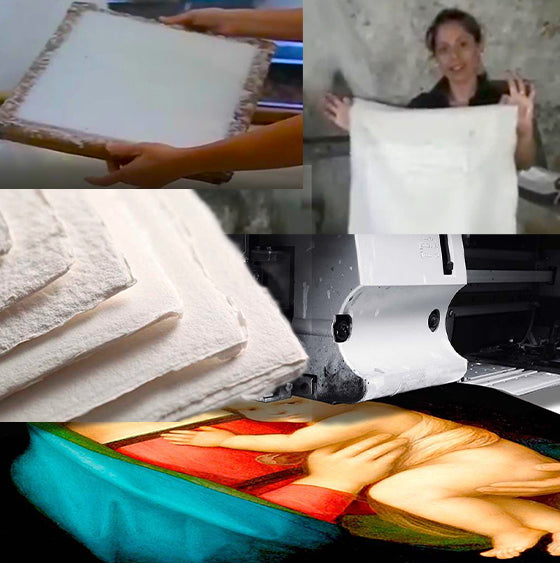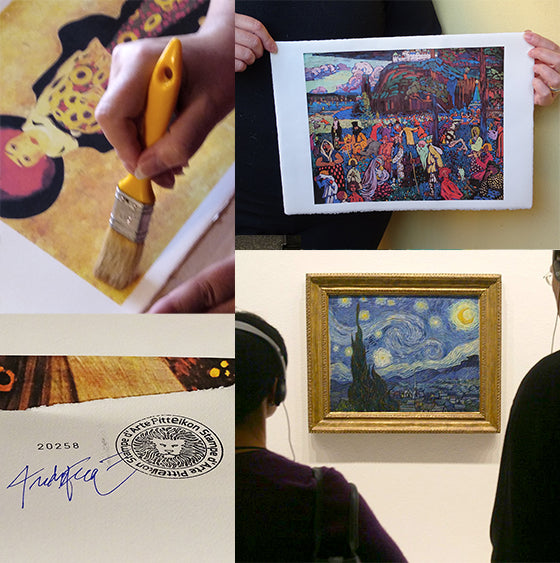
Caspar David Friedrich print - Monk by the sea - 1808

Caspar David Friedrich - Monaco by the Sea
Year: 1808 - oil on canvas, 172x110 cm
Preserved at: Alte Nationalgalerie, Berlin, Germany.
The infinite sublime sadness of little Friedrich
Caspar David are the names of the painter whose surname was Friedrich and was born in 1774.
His biographical case could be taken as an example of how family tragedies and sadness experienced as a child affect one's character and emotions when one grows up.
Dramas in series
Sixth of ten children, the son of a soap and candle maker began by losing his mother at 6 years old. Subsequently two sisters died, the first a few months after their mother and the other in 1791.
The dramatic story it refers to, however, is the one linked to when the teenager Caspar, ice skating, came across a point where the ice broke, throwing him into the freezing water.
His brother Johan dived in to help him and actually saved his life, but his generous gesture was not rewarded, as he himself died by sinking into the cold water.
A similar debut would mark Friedrich for life and there would be no escape for him even in his last years, marked by sadness, depression and eventually dementia.
The art of Friedrich
Despite all this, the painter managed to express himself through his works, was appreciated and perfectly represented romantic ideals, the sublime and those feelings of loneliness and despondency that are common to many.
Let us now explore this specific painting of his: Monaco by the sea.
The painting is large and measures 110x171 cm. It was painted in 1808. Although nature and landscape were fundamental to Friedrich and his teacher Johann Gottfried Quistorp took his students outdoors, Friedrich created his paintings indoors in his studio. The composition had many admirers, including the King of Prussia who bought it. Arthur Schopenhauer interpreted it as the pictorial translation of the feeling of infinity.
From a pictorial point of view, there are two important findings. The first is a technical stratagem: the lack or, rather, the voluntary elimination of what the French call "repoissour", i.e. subjects in the foreground or figures that can guide the observer's gaze.
Here Caspar David creates a uniform surface, where the gaze does not have a precise direction... it gets lost, wanders, does not know how to organize itself and this is exactly what the painter wanted, to bring the viewer into the state of bewilderment he wanted to convey.
A landscape of this kind, as a second point, is a prelude to abstract art. In fact, we identify the monk because the title tells us about him, otherwise he could be a speck of color, a rock, or something else.
The low horizon and the large surface confused between sky and sea seem like pretexts to allow color alone to express itself.
A grandiose "painting of nothingness" where, thanks to Friedrich's skill, we are forced to identify with the little monk lost in front of the immensity of nature and its perennial mystery which sometimes silences us, transmitting to us that sense of infinity in front of which we can't help but feel lost.
Another life
Loss that will have submerged the soul of Caspar David Friedrich, who life hit so hard as a child, obtaining in exchange only an immense pictorial talent, which perhaps he would have willingly given up for a little less sadness.
Anyone who wishes can see the film on the @pitteikon channel on YouTube.
Andrea Giuseppe Fadini




